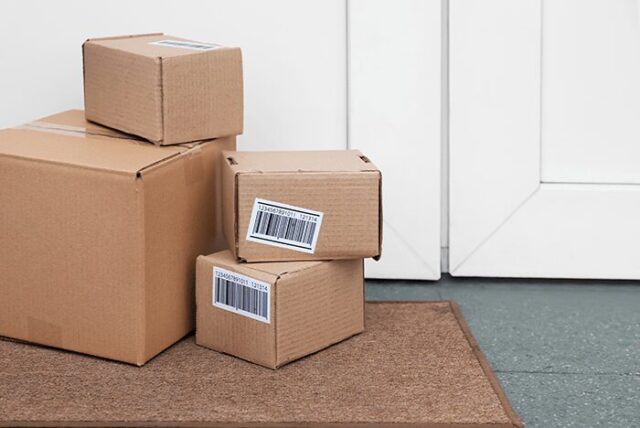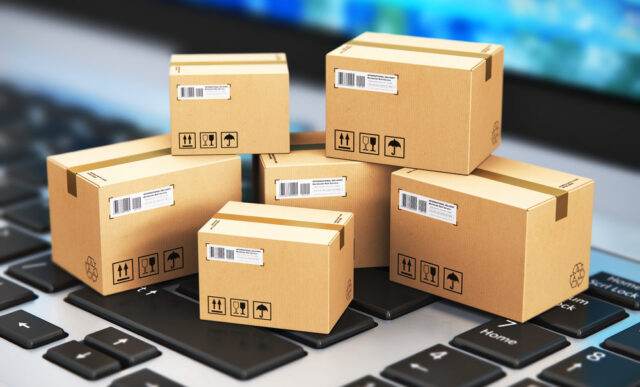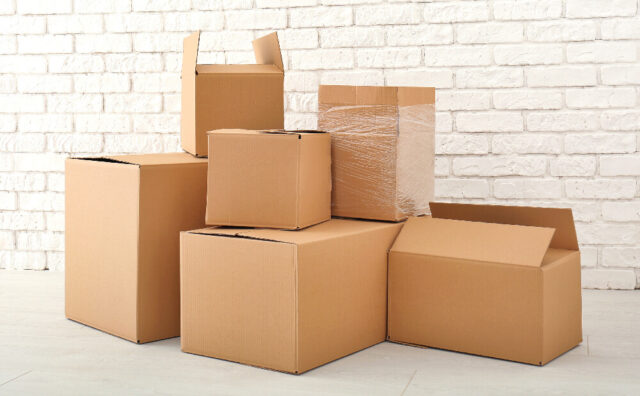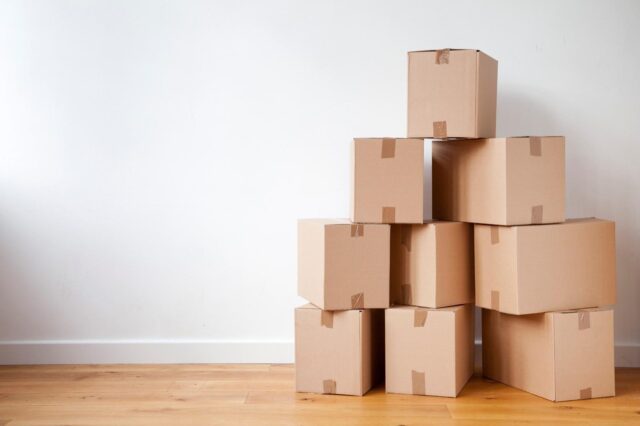
The always-evolving e-commerce marketplace is both frightening and exhilarating.
Annually, new problems that showcase no solution will rectify the issue and new developments that grow the industry solid than before. Communication channels will become increasingly frequent in buyers’ journeys as the borders between the traditional and cyber environments dissolve. Users use various channels throughout their purchasing experience, as indicated that 73% of them do so. Thus, e-commerce is here to stay.
The worldwide e-commerce sector is anticipated to hit $1 trillion by the end of December, and preliminary predictions predict that trend will continue. Now being a worldwide vendor is smoother than before because of innovative cross-border digital currencies that can handle foreign operations, bill providers in domestic currency, and process Tax transactions promptly. The new reality of logistics and distribution in as low as three hours, owing to marketplaces like Amazon, Alibaba, and Best Buy, has forced retailers to reconsider their customer relations strategy.
Retailers can access the marketplace, transfer cash to all parts of the planet with ease, and gain a massive clientele that will help them take revenues ahead in the future by working with the correct cross-border payment method. So, it is a win-win scenario for the sellers out there. But what can cause them a hurdle in the success of its shipment process? Delivering internationally or anywhere is about choosing apt stuff. Here you can get all your issues resolved in one go.
Shipping Boxes

E-commerce allows you to sell your products globally, empowering you to transform your great idea into a profitable business. The packing, on the other hand, is what makes a unique selling point out. Making a mistake might harm the company. Your company only gets a single chance at making a good impact, which is especially true when it comes to e-commerce wrapping, which makes a positive or negative first perception before a client ever sees the goods within.
So, you understand your company requires corrugated boxes, but you’re not sure which type to use. We recognize that the sheer quantity of options available might be daunting, so let’s see if we can cut it down a bit for you. Learning the fundamentals will help the decision method go more smoothly.
You should grasp the applications, advantages, and downsides of each of your alternatives before making decisions on how to pack and transport your merchandise to your clients.
1. Select a robust box

The merchandise must be able to go from point A to point B with zero breakage and little difficulty. If your product is heavy or delicate, you’ll want to use resources that are built to last. If at all feasible, make sure your packing stacks neatly. It will allow the box to be easily lifted and loaded into a transport container. This type of packing will withstand the shocks and disturbances that come with transportation.
If immersed in water, cartons are not water tolerant and can deteriorate. To offer a layer of water protection to your shipment boxes, wrap them with plastic wrap. Polyethylene, a prevalent form of plastic, is used to make most plastic sachets, making them lighter, inexpensive, and reusable.
If the material you’re delivering has to stay dry, use a plastic sheet as a barrier within the cardboard box to keep it dry. Plastic bags are a low-cost supplement to your packaging materials that will keep your items dry until they arrive at their terminal.
2. Size of the Box

Keep the track of the items once you’ve determined their dimensions. They’ll advise you on how little or large your shipment packages should be.
The inner dimensions of a container are its functional area, and the figures used to express box dimensions (e.g., 12x12x12″) are the figures used to express box capacity.
You know your goods will fit if the dimensions are reduced.
For shipping purposes, it is crucial to determine a box’s outer measurements. You’ll want to establish a good balance between inner and exterior measurements now that volumetric weight is being considered to determine shipping charges.
More than possible, quit losing space. A larger container will result in higher shipping fees, extra empty fill and carton-sealing tape, and a higher danger of your contents rattling about and being damaged.
3. Budget

Prepare a budget whenever you start looking for a shipping container. It can help you figure out what type of material to use for cardboard packaging and whether you can justify spending money and make it as appealing as possible. Finding the correct balance in terms of how much you want to invest will go a long way toward assisting you in picking the apt package.
4. Sustainability

You must respect your items the same way you would care for yourself when it comes to packaging solutions. Because the correct room for the goods is crucial, you must pick your wrapping box based on its size. It’s all about simplicity of use when it comes to packing material, higher for people.
5. Knowing the audience

Putting your consumer at the center of your judgment call process helps ensure long-term prosperity. If your customers are delighted that the product they are receiving is not damaged, they understand that the vendor must have taken all the necessary measures for it. It builds trust and gives you a loyal customer for life.
6. Some More Tips

Go with fresh, unbroken corrugated cardboard, since previous models may have dents and splits, as well as hidden hazards such as water damage.
When possible, use bubble padding, foamy sheet, or wrapping material. While packaging tape is necessary, over-taping doesn’t somehow result in a much safer client shipping.
The Parting Words
There are a plethora of packing box choices available. Only your money, longevity, and possibly your creativity restricts you. However, double-check all parts of the wrapping.
You’ll be likely to come up with a strategy that works for your company once you’ve done that.









